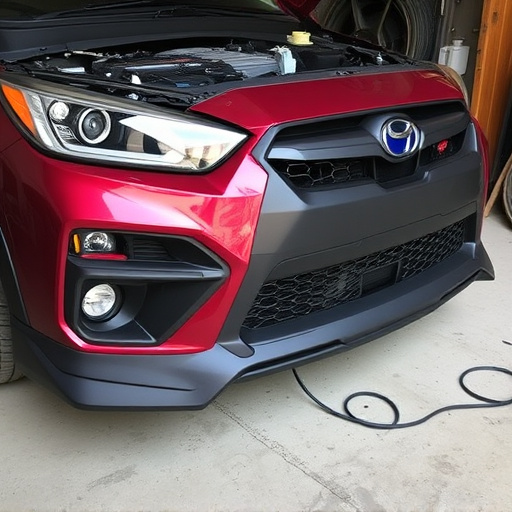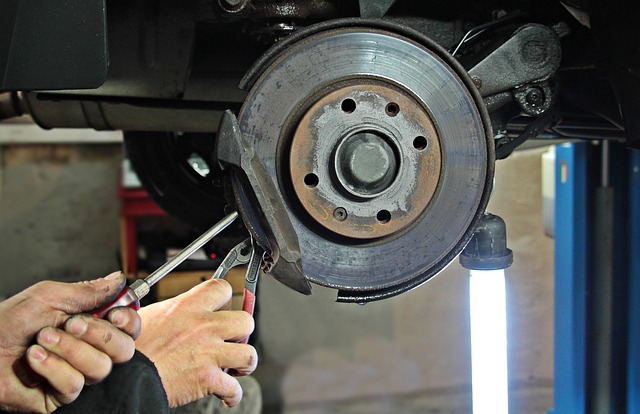Diminished value claims are insurance settlements for the decreased market value of a vehicle after damage or an accident. These claims assess the impact of repairs on the car's resale appeal, ensuring fair compensation beyond repair costs. Timing is crucial, involving pre- and post-incident valuations and evaluating repair efforts' effect on market value. Filing successfully requires detailed documentation, evidence gathering, and professional assessments to strengthen the case for favorable outcomes.
“Discover when it’s time to file a diminished value claim and protect your vehicle’s worth. This comprehensive guide breaks down the process into three key stages.
First, understand what diminished value claims are and how they can compensate for reduced vehicle value due to damage or accidents. Next, learn the signs that indicate when to act and assess claim eligibility. Lastly, explore the correct filing procedures to ensure your rights are protected. Optimize your knowledge on these crucial steps and navigate diminished value claims effectively.”
- Understanding Diminished Value Claims
- When to Act: Evaluating Claim Eligibility
- Protecting Your Rights: Filing the Claim Correctly
Understanding Diminished Value Claims

Diminished value claims are a type of insurance settlement that compensates vehicle owners for the reduction in their car’s value after an accident or damage. This happens when the repairs, even with professional collision damage repair and automotive body work, don’t restore the vehicle to its pre-incident condition. In other words, it accounts for the loss in market value experienced by the owner due to visible damage or decreased performance following an incident.
These claims are a crucial aspect of ensuring that car owners receive fair compensation when their vehicles sustain damages. It’s important to understand that diminished value isn’t just about the cost of repair; it considers the overall impact on the vehicle’s resale value and market appeal, especially if the repairs involve intricate or visible automotive body work.
When to Act: Evaluating Claim Eligibility

Knowing when to act is crucial for successfully filing a diminished value claim. Evaluating your claim’s eligibility begins with understanding that these claims are designed to compensate owners for the reduced vehicle value resulting from damage or injuries, often due to accidents or negligence. The first step is to assess if the damage is significant enough to impact the overall worth of your vehicle—this could involve comparing pre- and post-incident vehicle valuations or estimating repair costs in relation to the car’s market value.
Additionally, consider the type and extent of repairs needed. For instance, comprehensive auto maintenance, including meticulous car bodywork and expert auto painting, might be required to restore your vehicle to its previous condition. If these repairs are substantial and have a clear impact on your vehicle’s market value, it strengthens your case for a diminished value claim.
Protecting Your Rights: Filing the Claim Correctly

When dealing with diminished value claims, it’s crucial to understand that this process is about protecting your rights as a vehicle owner. A diminished value claim is filed when your car, due to damage or accident, loses its pre-incident worth, necessitating auto body repair and affecting its overall market value. The goal here isn’t just to cover repair costs but also to ensure you receive fair compensation for the loss in your vehicle’s resale value.
Filing these claims correctly is paramount. It involves meticulously documenting all damages, gathering evidence, and working with professionals who can accurately assess both the physical damage and the subsequent decrease in value. This process may include detailed inspections, comprehensive reports on collision damage repair, and even vehicle paint repair if necessary. By following the correct procedures, you ensure your claim is strong, increasing the chances of a favorable outcome and securing the compensation you deserve for your vehicle’s diminished state after an accident or incident.
Knowing when and how to file a diminished value claim is crucial for recovering losses caused by accidents or damage. By understanding the concept of diminished value and evaluating your claim’s eligibility, you can protect your rights and ensure a successful outcome. When filing a claim, accuracy is key; follow the steps outlined in this article to navigate the process effectively and receive the compensation you deserve for your reduced vehicle value.













